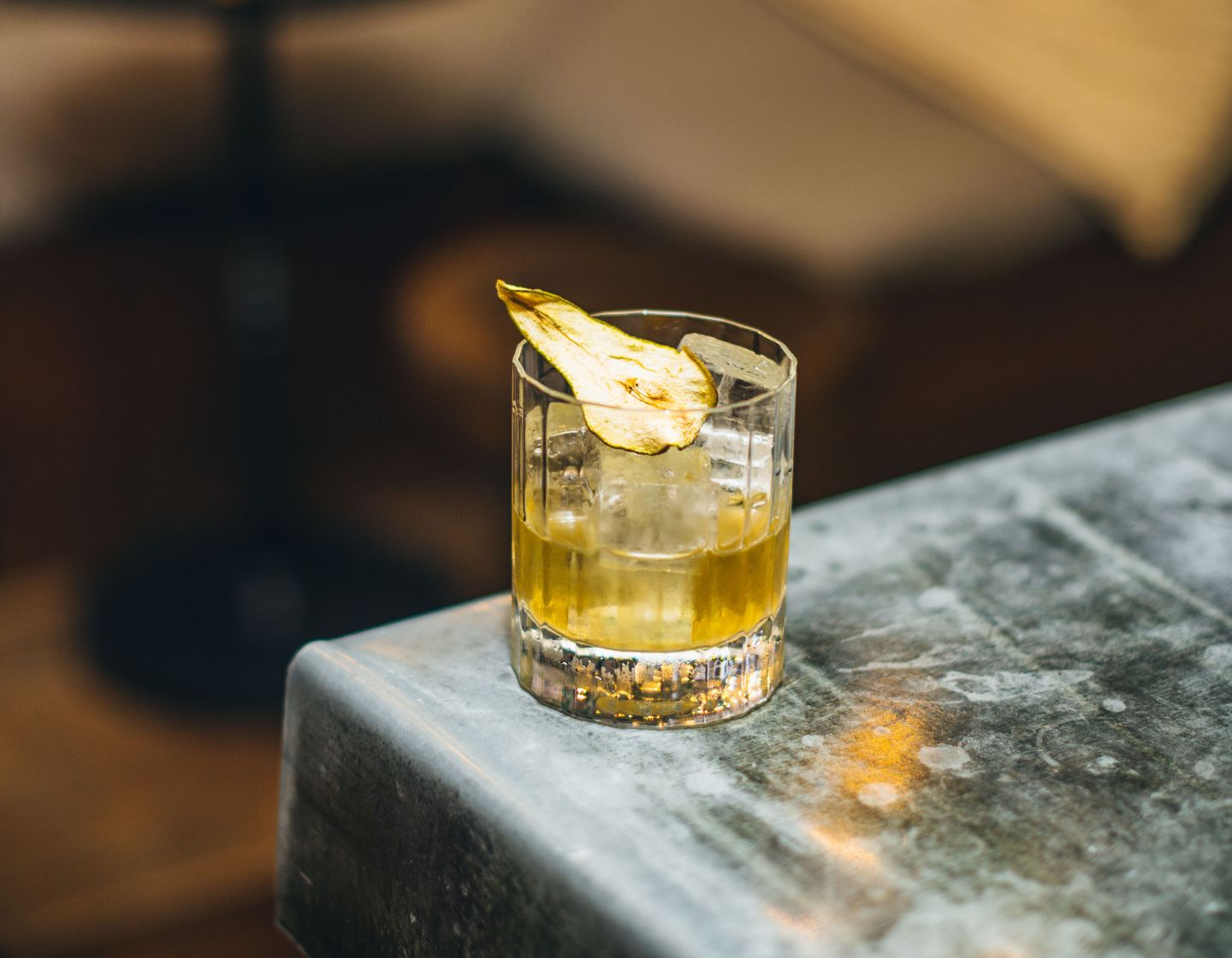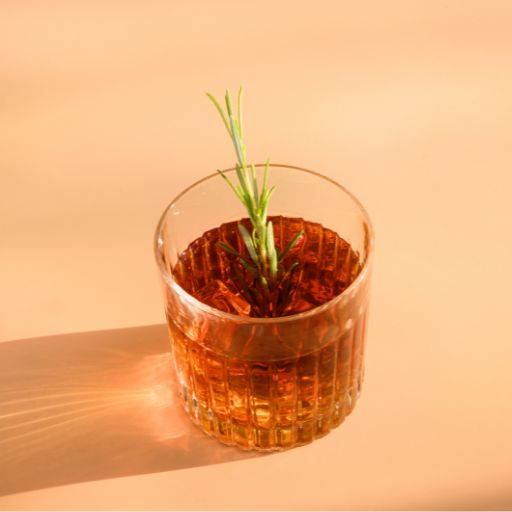
Rest of World Whiskies
Estimated Read Time: 4 Minutes
Whisky, a spirit with a rich and diverse history, isn't confined to its birthplaces in Scotland and Ireland. As the category has seen a re-emergence over the last two decades across the globe, other countries have embraced this craft and given rise to their unique styles of whisky. These whiskies, often reflective of their cultural heritage and natural resources, offer enthusiasts a captivating journey beyond the traditional realms. From the spicy and zesty notes of Canadian High-Rye to the elegant expressions of Japanese whisky, here's an introduction to whiskies from the rest of the world.
Japanese Whisky

Japanese Whisky
Japanese whisky has captured global attention with its meticulous craftsmanship and attention to detail. Drawing inspiration from Scottish methods, Japanese distilleries have developed their unique styles. Japanese whisky often exhibits elegance, balance, and a harmonious interplay of flavors, making it a sought-after choice for whisky enthusiasts.
Like Scotch whisky, Japanese whisky primarily uses malted barley. Other grains like corn or rice are used for grain whiskies. Peat, if used, is likely imported but some local peat may be used. Japanese distilleries use both pot stills and column stills. Pot stills contribute to the production of malt whisky with rich and complex flavors, while column stills are used for grain whisky production. Maturation may happen in a variety of casks, including ex-bourbon, ex-sherry, and Mizunara oak casks (a native oak that contributes notes of sandalwood, coconut, spice, and Japanese incense). The Japanese climate, with its significant temperature variations, accelerates the interaction between the whisky and the wood, resulting in (slightly) faster maturation compared to Scotland.
The Japanese legal definition of whisky is oddly brief but most producers take inspiration from Scotland on types, styles, and labeling terms. The important types of Japanese whisky are:
Single Malt Whisky – made in a single distillery using 100% malted barley.
Blended Whisky – a blend of malt whiskies and grain whiskies.
Grain Whisky – made from corn and/or wheat with a small amount of malted barley distilled in continuous column stills.
Canadian Whisky
Canadian whisky history begins at the end of the 18th century when the first distilleries were built in Quebec and Ontario around the Great Lakes. Canadian whisky rose in popularity when local distillers began adding more rye grain to their mashes, creating a spicier and more flavorful whisky. This style became known as "rye" or "Canadian rye". Today, the terms "rye whisky" and "Canadian whisky" are used interchangeably in Canada and refer to the same product even though there is no requirement on the minimum amount of rye used.
All Canadian whisky must be mashed, distilled, and aged in Canada for at least three years in small wood barrels (no larger than 700L), contain at least 40% alcohol by volume, and may contain caramel and flavorings. It must also possess the aroma, taste, and character generally attributed to Canadian whisky. Canadian whisky is typically made from a blend of whiskies made from different grains, such as corn, rye, wheat, and barley. The grains are fermented, distilled, and aged individually, then blended at the final stage.
Canadian whisky has a diverse range of styles and flavors, depending on the ingredients, types of casks, maturation period, and blending techniques used. The common styles are:
Grain Blend – made a mix of grains, usually with corn for the base whisky and rye for the flavoring whisky. The best-selling example in this category is Crown Royal Deluxe Blended Canadian Whisky.
Rye Whisky – Canadian Rye Whisky does not necessarily have a high percentage of rye content and the proportion will vary between producers.
100% Rye Whisky – made from rye only and offers the signature spicy, peppery, and zesty characteristics associated with this particular raw ingredient.
Indian Whisky
India is one of the largest whisky consuming markets in the world. Although it has been a big producer of whisky since the early 19th century, it is only recently that Indian whisky has gained attention and recognition on the global stage. With world-class Single Malts and innovative brands produced from exotic locations the likes of the Himalayas to Goa, it is an exciting time for Indian whisky and enthusiasts.
Indian whisky can be produced from a variety of cereals including barley, corn, wheat, and molasses (usually for entry-level blended whiskies). Distillation can by pot still or column still.
Premium single malt whiskies will typically undergo three years of aging in an oak cask, while the liberal use of caramel coloring to stimulate long aging is common in the lower end. Specific legal requirements will depend on factors such as the type of whisky, and the state where the production takes place.
Common types of Indian whisky:

Common types of Indian whisky:
Blended Whisky - a blend of malt whiskies and spirits made from different types of grains: malted barley, corn, wheat including molasses. The world’s best-selling whisky, McDowell's No. 1 sits in this category.
Single Malt Whisky - made from malted barley and distilled in pot stills (at least twice). Indian single malts showcase a range of flavors influenced by local ingredients and the broad range of climates across the vast country.
Craft Whisky – many craft distilleries are producing small-batch, artisanal whiskies that are experimental with raw ingredients, production, and aging techniques. Godawan Single Malt no. 2 is a notable example of an artisanal whisky finished in a Cherry Cask with exotic Indian botanicals.
Whisky distilleries are continuing to pop up around the globe from New York to China, Australia to Sweden, and even Singapore at pace. Scotland and Ireland have seen a huge increase in the number of distilleries over the last decade. While many producers are relatively new and without long standing local traditions and scale, they have the opportunity to utilize all the production techniques available and merge them with innovative approaches to fermentation, distillation, and aging. The result is an amazing level of dynamism and a spectrum of flavors available for whisky lovers. This is indeed a second golden age for whisky!
Related content

Irish Whiskey
Discover the history and heritage behind Irish whiskey and the stages of Irish whiskey production.
Irish Whiskey Quiz
Think you’re a whiskey pro? Put your Irish whiskey knowledge to the test with this short quiz.
Scotch Whisky
The Scotch story dates back more than 500 years. Discover how this iconic whisky is made, and how to enjoy the finished product.
Whisky Cocktail Flavor Guide
Unlock delicious flavors for your whisky cocktails with this free Johnnie Walker inspired flavor guide.
